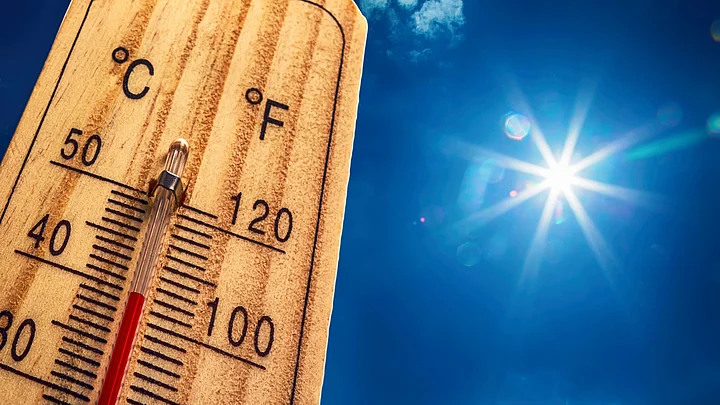Data revealed by the Ministry of Earth Sciences on Wednesday, 27 July, in the Lok Sabha showed that India recorded 203 heatwave days in 2022, the highest figure reported in the last few years. The figure is calculated by totalling the average number of heatwave days in states during the summer.
The maximum number was reported in Uttarakhand (28), followed by Rajasthan (26), Punjab and Haryana (24 each), Jharkhand (18), and Delhi (17).
Compared to 2021, which saw 36 such episodes, the country this year experienced five times more similar incidents, with Punjab and Haryana reporting 12 times the number of heatwave days in 2022 compared to last year where these two states recorded only two heatwave days each.
The data further revealed that three states, namely Assam, Himachal Pradesh, and Karnataka, did not report a single heatwave day all year. Notably, Assam and Himachal Pradesh have not reported a heatwave day since 2011.
The Indian Meteorological Department (IMD) says that a heatwave occurs if the maximum station temperature reaches at least 40 degrees Celsius in the plains and at least 30 degrees Celsius in hilly areas.
The IMD further states that in coastal areas, heatwaves occur when the maximum temperature departure is 4.5 degrees Celsius or more from normal.
Data Revealed in Parliament
Minister of Earth Sciences Dr Jitendra Singh, in the Lok Sabha, said:
“India experienced prolonged spells of heatwave during March and April 2022. Hence, the average maximum temperature of March 2022 had been the highest for All India (33. 1 degree C) and Northwest India (30. 7 degree C) and it had been the second highest for Central India (35. 2 degree C)as per the data during the period 1901 to 2022.”Dr Jitendra Singh, Minister of Earth Sciences
In a written response to a Parliament question by Congress leader Gaurav Gogoi, the minister said, “The average maximum temperature of April 2022 was the highest for Central India (38. 04 degree C) and for Northwest India (36. 32 degree C) and third highest for All India (35. 3 degree C) during the period of 1901 to 2022.”
“Abnormal temperature events can impose severe physiological stress on the human body as the body operates best within a fairly normal temperature range. There is a marked relationship between human mortality and thermal stress,” Singh said, on the impact of increased temperatures.
(At The Quint, we question everything. Play an active role in shaping our journalism by becoming a member today.)
